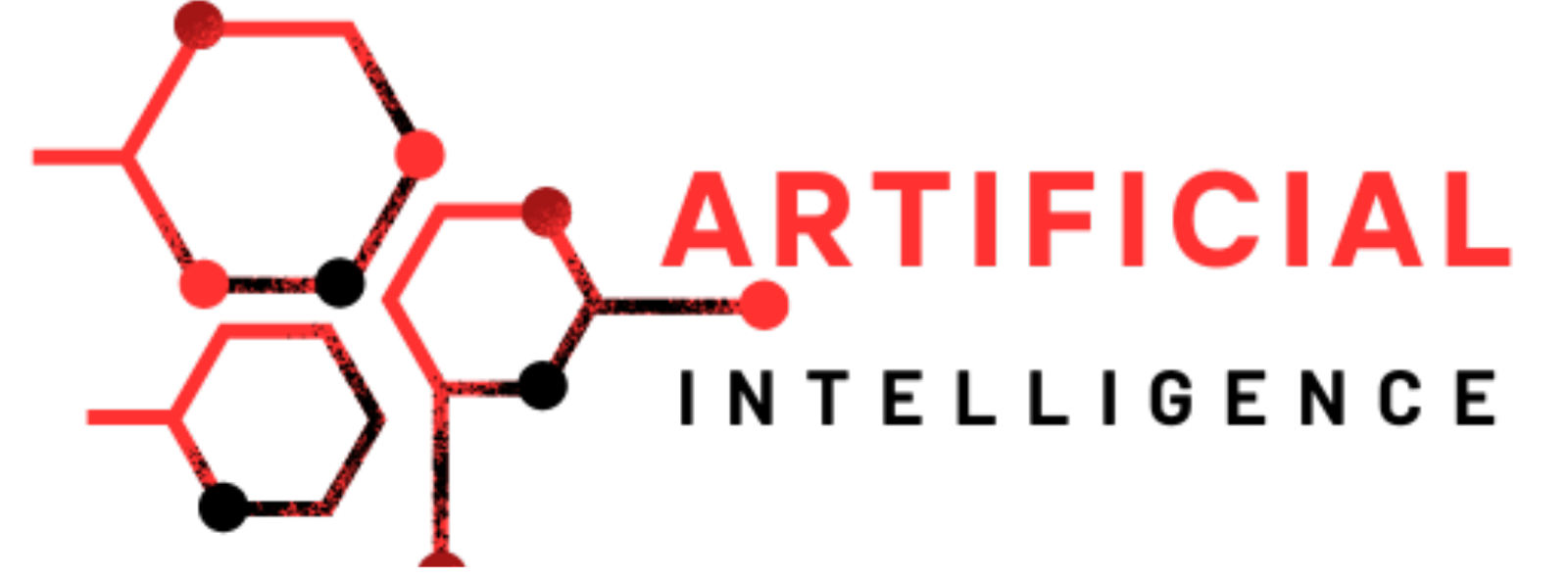What is Sparse Coding and Dictionary Learning ?
In the realm of machine learning and signal processing, Sparse Coding and Dictionary Learning represent powerful techniques for efficiently representing high-dimensional data. Sparse Coding aims to express data as a linear combination of a few basis functions, while Dictionary Learning focuses on learning a set of basis functions (dictionary) that best captures the underlying structure of the data. In this comprehensive exploration, we delve into the principles, mechanisms, applications, challenges, and future directions of Sparse Coding and Dictionary Learning, shedding light on their transformative impact on data analysis and artificial intelligence.
Understanding Sparse Coding and Dictionary Learning:
Sparse Coding and Dictionary Learning form the backbone of many dimensionality reduction and feature extraction techniques. At their core, Sparse Coding seeks to find a sparse representation of data by minimizing the reconstruction error under a sparsity constraint, while Dictionary Learning aims to learn a dictionary of basis functions that can efficiently represent the data. Together, these techniques enable the extraction of meaningful and compact representations from high-dimensional data, facilitating tasks such as compression, denoising, and pattern recognition.
Mechanisms and Operations:
Sparse Coding and Dictionary Learning operate through a series of fundamental mechanisms and operations, including:
- Dictionary Initialization: Dictionary Learning typically starts with an initial guess for the dictionary, which can be random or based on prior knowledge of the data domain. The dictionary is then iteratively refined through optimization algorithms to better capture the structure of the data.
- Sparse Representation: Sparse Coding seeks to find a sparse representation of each data sample in terms of the learned dictionary. This sparse representation is obtained by solving an optimization problem that balances the reconstruction error with the sparsity of the representation, encouraging the use of a small number of basis functions.
- Dictionary Update: Dictionary Learning iteratively updates the dictionary based on the sparse representations of the data samples. This update process aims to adapt the dictionary to better capture the statistical properties of the data, leading to more effective and compact representations.
Applications Across Domains:
Sparse Coding and Dictionary Learning have found widespread applications across various domains, including:
- Image Processing: In image processing tasks such as denoising, compression, and feature extraction, Sparse Coding and Dictionary Learning enable the extraction of meaningful image representations that capture salient features while discarding noise and redundancy.
- Signal Processing: In signal processing applications such as audio and speech processing, Sparse Coding and Dictionary Learning facilitate the extraction of sparse representations from audio signals, enabling tasks such as source separation, speech denoising, and audio compression.
- Computer Vision: In computer vision tasks such as object recognition, scene understanding, and image classification, Sparse Coding and Dictionary Learning play a crucial role in feature extraction and representation learning, enabling more robust and discriminative image representations.
Challenges and Future Directions:
While Sparse Coding and Dictionary Learning offer significant advantages, several challenges and opportunities for future research exist, including:
- Scalability: Scaling Sparse Coding and Dictionary Learning techniques to handle large-scale datasets or high-dimensional data remains a challenge, particularly in domains with extensive and diverse information sources.
- Robustness: Ensuring the robustness of Sparse Coding and Dictionary Learning techniques to noisy or incomplete data is essential for real-world applications. Robust optimization algorithms and regularization techniques can help mitigate the effects of noise and outliers in the data.
- Interpretability: Enhancing the interpretability of learned dictionaries and sparse representations is crucial for understanding the underlying structure of the data and the learned features. Visualization techniques and interpretability tools can provide insights into the learned representations and facilitate model debugging and validation.
Conclusion:
Sparse Coding and Dictionary Learning represent powerful techniques for efficiently representing high-dimensional data and extracting meaningful features. With applications spanning image processing, signal processing, and computer vision, Sparse Coding and Dictionary Learning have reshaped the landscape of data analysis and artificial intelligence. As researchers continue to tackle challenges and explore new frontiers, Sparse Coding and Dictionary Learning are poised to remain at the forefront of data-driven research and innovation, unlocking new possibilities for efficient representation learning and feature extraction.

.png)

.png)
.png)
.png)

.png)

.png)
